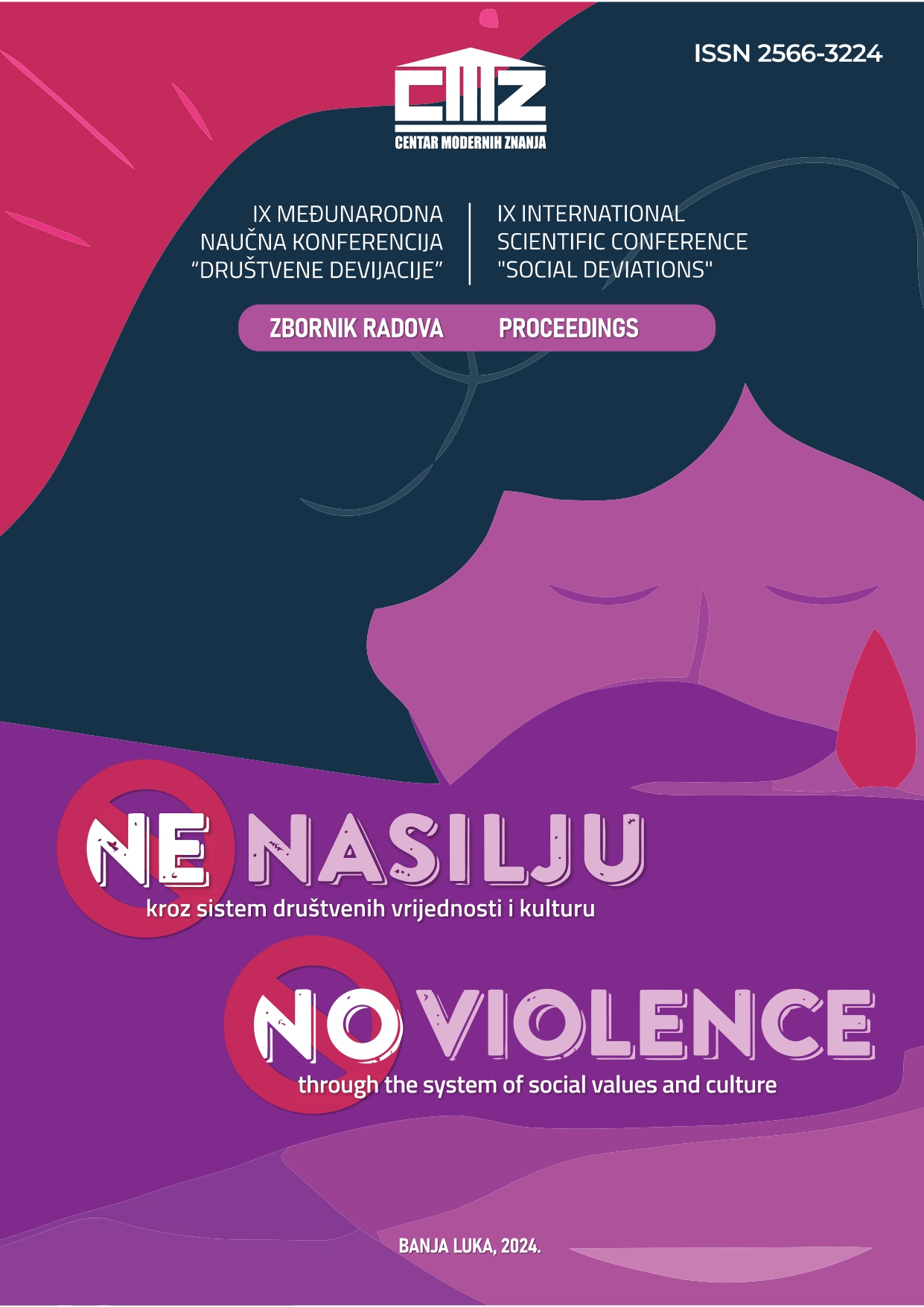
BULLING AND MOBBING AS SOCIAL PROBLEMS OF THE MODERN EDUCATIONAL ENVIRONMENT
This article presents an analysis of foreign and Russian psychological research on the problem bullying and mobbing. The concepts of ―mobbing‖ and ―bullying‖, their essential characteristics, types, features of manifestation, social structure and means are considered. The definition of the concept of ―psychologically safe educational environment‖, which is considered as a condition for preventing mobbing and bullying, is analyzed. The content of the article reveals how bullying and mobbing cause real harm to all participants in the educational process. Victims experience both physical aggression and psychological trauma. As a consequence, problems with academic performance, reluctance to attend school, manifestations of self-destructive behavior. Aggressors develop the wrong idea about conflict resolution and the norms of social interaction in general, which often leads them to crime. Witnesses, although not directly involved in bullying, nevertheless experience such negative emotions as fear of being in the victim‘s place, powerlessness, and a negative attitude towards school. Teachers, after situations of bullying and mobbing, often experience a feeling of inadequacy and powerlessness, and the risk of administrative penalties. Negative feelings worsen when the situation gets out of control and these forms of violence lead to physical damage, suicidal behavior, and conflicts with parents. The author of the article believes that an important technology to combat school violence is the creation of an educational environment free of violence. This will become possible only with the introduction of diagnostic, preventive and psycho correction programs aimed at preventing bullying and mobbing. The following methods can achieve the greatest effectiveness in prevention: 1) regular interaction of psychologists and teachers with parents; 2) conducting training sessions for teachers and students; 3) the intensity of work with teachers and children to implement the school‘s corporate policy regarding the suppression of episodes of violence.
More...